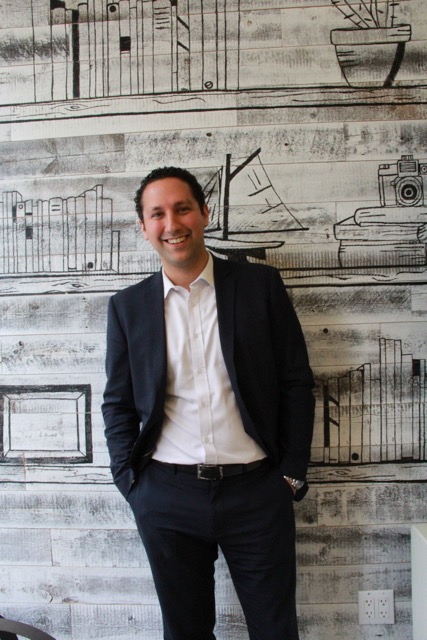
Today, when a patient gets discharged from a skilled nursing facility, it’s an absolutely painful process to order medical equipment for patients, which leads to delayed discharges and increased readmissions.
The process today involves a fax machine or e-fax machine. The problem here is two-fold.
One, insurance documentation is created incorrectly more than 80% of the time. According to the Centers for Medicare & Medicaid Services, 46.3% of DME payments are paid improperly mainly due to insufficient documentation.
But what does that mean?
Well, it means that for 40,000 DME products, the thousands of diagnosis codes, the five to twenty-plus insurance criteria is never fully captured correctly or “sufficiently” when a caregiver is trying to order something like a walker. Insurance is complicated and almost like a black box.
Ultimately, it’s a pretty Herculean task to think that a caregiver can memorize that many permutations of insurance criteria. The end result is that the hospital offers a poor experience to patients, a supplier can’t deliver the goods, and worst of all, the patient doesn’t get the care they need to live safely.
Second, even if the caregiver goes through the process of correctly figuring out the insurance documentation requirements, the patient still may not get the equipment on time, or at all. Parachute analyzed hundreds of thousands of patients and learned that around 15% of patients never receive their equipment on time, or at all. This leads to a 64% increase in readmissions, according to a study by South Hills Health System.
When a caregiver sends a fax or e-fax, it’s an unreliable technology. Therefore, there are issues that the supplier never receives it, or it gets lost during the communication process. Most orders go back and forth between four and six times between the caregiver and supplier before actually determining whether the patient is qualified for insurance. This is not only a waste of time but it is an unreliable way to get what the patient needs. Sadly, no hospitals today receive electronic delivery confirmations once an oxygen tank or hospital bed is delivered to a patient. In the age of eCommerce, it’s simply shocking an industry this important is this antiquated.
We sought to change the game for coordinating care at discharge, and more specifically, ordering DME for patients. Through Parachute Health’s ePrescribing platform, a caregiver can order DME for a patient, know if the patient’s insurance will cover the product, and receive a delivery confirmation when the equipment makes it safely to the patient’s home. No more paperwork or administrative hassles for the care team, supplier, or patient. Communication is now done digitally through the platform, and a caregiver can connect with any supplier, any time.
With partnerships with EMRs like Epic, PointClickCare, Brightree, and others, we are in a strong position as the the leading ePrescribing platform for post-acute care. When it comes to rolling out ePrescribing for DME, the momentum is definitely moving in the right direction.
David Gelbard is the CEO and founder of Parachute Health.




